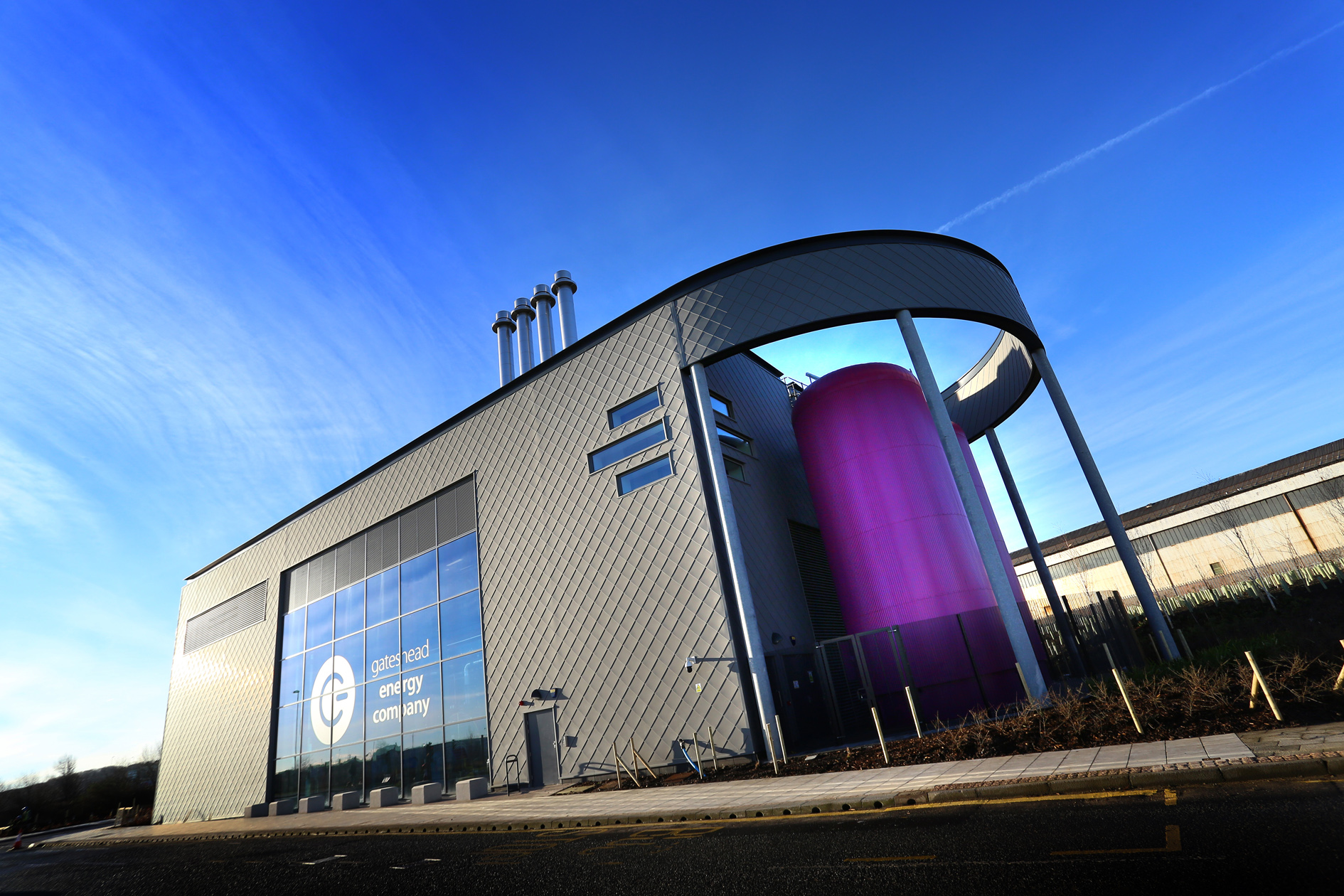Today, Triple Point Heat Networks Investment Management announce the remaining three projects which were successful under the Heat Networks Investment Project (HNIP); Gateshead Council, the London Borough of Islington, and E.ON secured a share of £9.8 million to advance their heat network projects.
Launched in 2018, the HNIP provided £304 million in grants and loans to support the development of heat networks across England and Wales. By the time the scheme closed in 2022, it had established the foundations on which today’s market growth is being built. The projects funded under the HNIP will supply over 700GWh of lower carbon heat and cut more than 81,000 tonnes of carbon emissions[1].
This final announcement of successful awards represents a crucial milestone in the journey toward cleaner, more efficient energy solutions for communities across the country.
- In Gateshead, an extension to an existing heat network funded in Round 3 of HNIP will connect an additional 1,250 new homes using geothermal heat from a mine water heat pump.
- In Islington, an innovative solution harnessing waste heat from local London Underground stations has received funding to connect the project to a new mixed-use development.
- The Silvertown Quays development in East London will benefit from a pioneering energy network that will deliver low carbon heating and cooling to 6,500 new homes.
Ken Hunnisett, Programme Director for Triple Point Heat Networks Investment Management, said, “During four extraordinary years, the HNIP unlocked projects of a scale and variety that could hardly have been imagined when it launched in 2018.
“It’s testament to the ambition and determination of the fund’s beneficiaries and the agility and capacity of a growing industry that many of those investee networks are already delivering affordable, low carbon heating and cooling to the communities they serve.
“Today’s announcement is an opportunity to shine a light on the unique role heat networks play in harnessing different sources of locally occurring waste or renewable heat and contributing to the UK’s net zero future in the most cost-effective way.”
Gateshead Council
Gateshead Council has been awarded £2.9 from HNIP to extend the initial Gateshead District Energy Scheme, allowing for further connections to social housing properties. Gateshead Council was originally awarded funding in Round 3 of HNIP to conduct their first major expansion of the heat network westward to four Council buildings, a care home and up to 1,250 new private homes. This was also alongside major decarbonisation of the network by the installation of a 6MW mine water heat pump.
The second grant will help the council to extend the existing Gateshead District Energy Scheme further into low rise social housing estates and bring the council closer to reaching their targets detailed within their Zero Carbon Heat Strategy to connect 15,000 Council Homes to the network by 2030.
The funding will aid the installation of further pipework to provide over 19,000 tonnes of heat over 15 years to 550 Council homes, as well as an extra care facility and a church.
Jim Gillon, Service Director for Energy and Design, said, “We are proud of the success our heat network has achieved to date, providing low carbon heat to over 300 high rise homes and more than 20 private and public sector buildings.
“Now this HNIP funding has given us the opportunity to expand the network further, to an existing low rise housing estate. Soon all these new residents will be getting the benefits of being part of our heat network.”
E.ON
The Silvertown Quays urban redevelopment in East London has been awarded £6.3 million from HNIP for the development of an innovative heat network using E.ON’s ectogrid technology. The project is aiming to help contribute to London’s ambitious climate goals and allows buildings to self-generate and manage their own heating and cooling demands through decentralised heat pumps and cooling machines.
The technology allows for excess heat produced by individual buildings to be fed to alternative connections according to need, enabling the sharing, balancing and storage of heat and cooling to drastically reduce energy consumption.
The funding provided will aid the construction of the network, installation of decentralised heat pumps and chillers for heating and cooling, as well as connections to the network and smart tools.
Chris Norbury, Chief Executive of E.ON UK, said, “Silvertown is a huge milestone for UK developments as this is the first ectogrid™ for Britain. It’s fantastic we can bring this to life in such an iconic redevelopment area as the Royal Docks. This is yet another example of E.ON stepping up as playmaker in the energy transition and investing at scale in the UK’s energy future.”
Islington Council
Islington Council has been awarded £678,000 for their Bunhill Heat and Power Network (BHPN). The network was launched in 2012 to provide greener heat for local homes, schools and leisure centres, with an additional energy centre beginning construction in 2017 adding more expansive connectivity. Funding provided will help to expand Bunhill Heat Network to reach the district’s multi-use ‘City Forum’, consisting of 1,000 homes, a retail space and hotel, as well as Telfer House – a new council-owned block of 38 flats.
The council has been developing these plans as part of their heat masterplan since 2014, with discussions around proposed connectivity to City Forum expected to conclude in the near future. This will be delivered in collaboration with existing funding from the HNIP, covering part of the construction costs involved with the new projects. The new proposed connections are expected to generate carbon savings of over 1,100 tonnes CO2 per year, with funding covering construction and other administrative costs.
The Bunhill Heat and Power Network (BHPN) is currently the first scheme in the world to take waste heat from underground train networks for use in homes schools and leisure facilities, with new funding made available through the HNIP scheme rapidly boosting expansion and further improving Islington Council’s carbon footprint.




